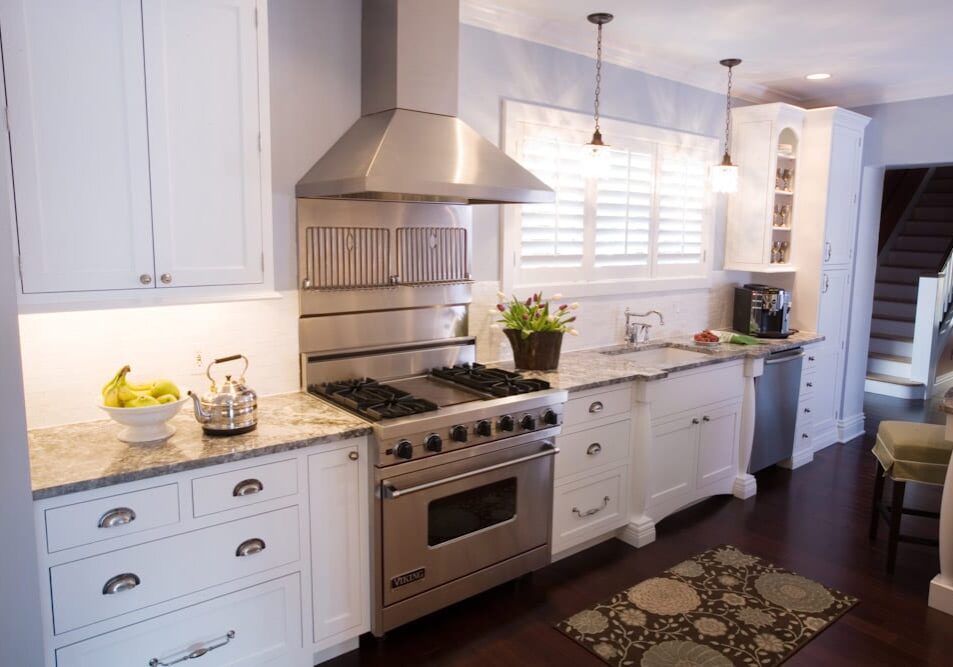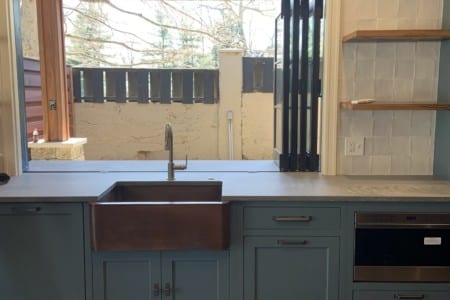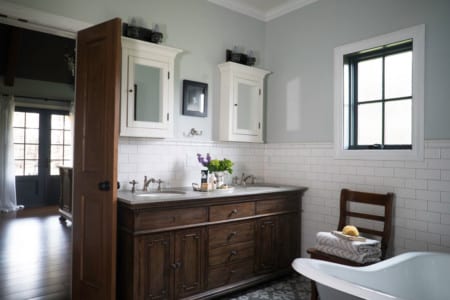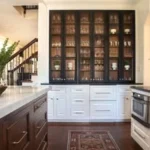Why Kitchen Remodel Costs Add Up
March 4, 2017

When you begin planning a renovation project, you may have no idea how much your vision might cost, especially in the kitchen. These answers depend on important factors:
- Size of your space.
- What you will do to your space.
- Your budget.
The price of your renovation should be driven by your goals but there are reasons why renovations add up.
-
Structural problems.
Beyond costs controlled by selecting finishes and materials are the costs resulting from structural problems within your home. You might open a wall and find termites or once flooring is removed you find a rotted subfloor. Not all problems can be caught ahead of time.
-
Cabinetry.
Cabinet costs range widely, depending on whether they come from big-box factories or specially customized for your needs and space. Stock cabinets cost much less while custom cabinetry is much more costly.
-
Interior components & special features.
In addition to external features of cabinets, the insides matter too. Add-ons might include a magic corner, a knife drawer, or spice and wine racks.
-
Countertops.
The cost for countertops also range widely. Plastic laminate countertops are at the low end while ever-popular quartz, granite, and marble run much higher.
-
Appliances.
Depending on the make, model and features, appliances also range widely in cost. Luxury appliances like Wolf, Sub-Zero and La Cornue are priced on the higher end, while brands like GE are at the lower end. You get what you pay for.
-
Codes.
Code issues occur on some home projects. For example:
- A new gas range is a high-BTU unit, a larger gas pipe may need to be installed — which entails opening up the wall and replacing the pipe.
- Plumbing vent issues when the original sink plumbing was not correctly installed.
- Ceiling joists or floor joists not built correctly and need to be replaced to meet current standards and/or codes.
-
Changing your mind.
– Make your material decisions before construction begins because if you don’t stick with them, it will take more time and be more expensive.
-
Project growth.
Suddenly you decide you want to also redo the trim in the living room and dining room, and put in all new doors, etc. Your mission begins expanding…as does the cost.









